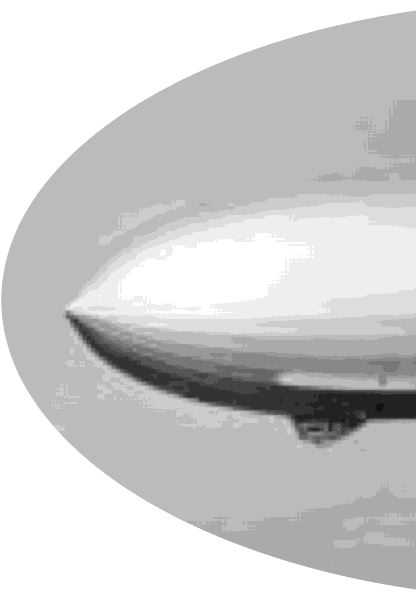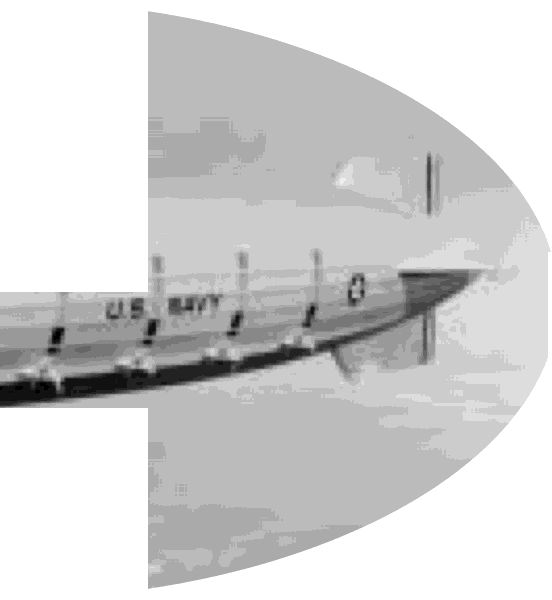

84
UNITED STATES NAVAL AVIATION
1910-1995
1933-Contin ued
4 April
The rigid airship
Akron
(ZRS-4) crashed in a
severe storm off Barnegat Light, N.J. Among the 73
fatalities were Rear Admiral William A. Moffett, Chief,
Bureau of Aeronautics, and Commander Frank C.
McCord, Commanding Officer of
Akron
(ZRS-4).
18 April
Lieutenant George A. Ott piloting an 02U
seaplane, with Lieutenant Ug) Bruce A. Van Voorhis as
passenger, made the first operational test of a device,
later called the Plane Trap, installed on the stern of
Maryland
(BB 46). Proposed by Lieutenant Lisle 1.
Maxson, the device was a V-shaped float attached to
the stern of the ship by a system of struts which per-
mitted it to ride at an even depth in the water. In
operation, the seaplane taxied toward the float push-
ing a knobbed probe on the nose of its pontoon into
the V-float which engaged the probe and held the sea-
plane in position for hoisting aboard. The device was
an immediate success and proposals were made to
install the same gear on five additional battleships.
29 April
The Bureau of Aeronautics recommended
resumption of postgraduate instruction in aerology
which had been suspended in 1929. By the end of the
year, arrangements were completed for a two-year
course at the Postgraduate School and a third year at a
civilian university.
6 June
Two Franklin gliders were received at NAS
Pensacola, Fla., for use in a test to determine whether
inclusion of glider training in the student flight syl-
labus would replace or simplify elimination flight
training and thereby reduce dual instruction time.
Instructor training in the new craft began immediately
under the direction of Lieutenant Ralph S. Barnaby,
and glider training, as an experimental feature of the
training program, continued into 1936.
13 June
A contract for the development of special
radio equipment for making blind landings aboard
carriers was issued to the Washington Institute of
Technology.
16 June
Under the terms of the National Industrial
Recovery Act, the president allotted $238 million to the
Navy for the construction of new ships, including two
aircraft carriers. In less than two months, contracts
were awarded for carriers Nos. 5 and 6, eventually
commissioned as
Yorktown
and
Enterprise.
22 June
A new underway recovery device, pro-
posed by Lieutenant George A. Ott, senior aviator on
Maryland
(BB 46), was tested at sea off Point Firmin,
Calif. The device resembled a cargo net fitted with a
wood spreader at its forward edge and canvas under-
neath which, when towed by the ship, rode the sur-
face forward and was slightly submerged aft so that
the seaplane could taxi on it and catch the net with a
hook on the bottom of its pontoon. Recovery over the
stern was successful on the first attempt. An alongside
recovery, necessary for ships with cranes amidships,
was tried next. With the net trailing from a boom, the
seaplane again caught the net but then swung into the
ship and crumpled its wing. In spite of the partial fail-
ure, the possibilities of the plane net were apparent
and later adjustments corrected the initial deficiencies.
23 June
Macon
(ZRS-5), having made its first flight
on 21 April, was commissioned at Akron, Ohio, with
Commander Alger H. Dressel as commanding officer.
Macon ZRS-5 prepares to take protective fighters on board. There was
space for five planes in the hangar 4284422
8 August
Commander, Aircraft Battle Force, request-
ed authority to use variable-pitch propellers during
forthcoming exercises on six Boeing F4B-4s of VF-3,
based aboard
Langley,
and on one F4B-4 of VF-I,
based aboard
Saratoga.
This request, which stemmed
from successful trials conducted by VF-3 aboard the
Langley,
marked the initial service acceptance of the
variable-pitch propeller.
9 August
Commander Battle Force, commenting on
tests of the plane net made by
Maryland
(BB 46),
pointed out that construction of the net and pontoon
hook were well within the capacity of ships company
and directed that all battleships under his command
experiment with, and attempt to develop, techniques
for underway recovery.
2-4 September
The Navy balloon of Lieutenant
Commander Thomas G. W. Settle and Lieutenant
Charles H. Kendall took second place in the Gordon
Bennett International Balloon Race at Chicago with a
 |
8 |
 |